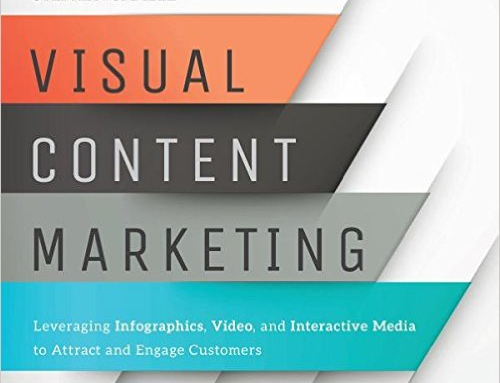Making and distributing good B2B video content takes time. It isn’t a quick process to arrange a video shoot, edit video and then upload it to the social web. This work though can come with a substantial pay-off if as a B2B company you understand how to do the little things to maximize the effectiveness of online video.
When it comes to online video several issues exist. Search engines don’t index the content of video well. People can’t always watch video at work because of firewall issues and out of date software. Today’s tips are to help fix some of these issues and to make sure that ROI of online video is maximized.
7 Online Video Tips Every B2B Marketer Should Know
1. Always Include URL In A Video Description – This first tip is so simple but so many businesses don’t do it. Most video sharing sites including YouTube, allow the first 30 characters of a video description to be an active URL. Not only does it make it easy to generate leads back to your site from videos, but this links also count in Google’s PageRank system. Meaning if you publish a lot of video and put links in each of them your organic search ranking in Google will be improved.
2. When Blogging A Video Include A Text Summary – This is a tactic that may add a little more time to getting your video published, but is completely worth it. A good example of this is what the folks at HubSpot TV are doing. Under each of the video is a series a bullet points that summarize what the video covers. While this is great for people who can’t watch the video it also provides text for search engines to better index your video blog posts. Adding text with video is a valuable inbound marketing opportunity.
3. Three Short Videos Are Better Than one Long Video – People have short attention spans when it comes to the web. As marketers providing content it is important that we understand this. Online videos should be short, ideally around 3 minutes, or even shorter. If you have a 10 minute interview, then break it up into smaller interviews. Besides improving the chances that more people will watch it, it also provides the opportunity to focus headlines that fit with different messages within the video.
4. YouTube Can’t Be Ignored – More than 90 percent of the videos watched online are watched on YouTube. While Youtube may not have the best looking video player, it holds the audience. Many B2B corporations use proprietary video players for their web sites, while this isn’t a bad thing, video must still be distributed to other services including YouTube.
5. Use A Multi-Uploader Service To Ease Distribution – Uploading online video, especially if it is high quality or HD, takes a significant amount of time. Because of this, the thought of uploading a video to 10 or 15 sharing sites might seem daunting. This is where services that upload to multiple services at once come in handy. A service like Tubmogul will allow you to upload a video once to multiple sites and can additionally provide good analytic information. Like any other type of online content, distribution is critical.
6. The Smartest Person Isn’t Always The Best For Video – Being interesting on video is not as much about knowledge as it is tone and personality. When selecting employees or partners for B2B video don’t automatically select the smartest person. Think about who is the best at explaining things clearly and doing so in a compelling manner. These people are your video stars, not company experts.
7. Brand Video For Viewing Across The Web – It is easy to forget that people watch video all across the web, since video is embeddable. Don’t assume that you don’t have to brand your videos because people will be watching it on your web site or blog. Including brief branded intro and outro to B2B videos will make sure that whereever they are watched, they will be connected to to the brand and company.







